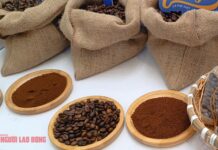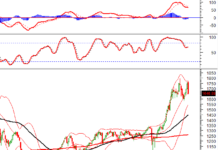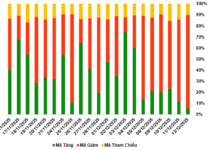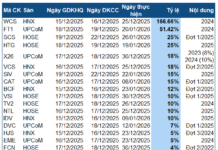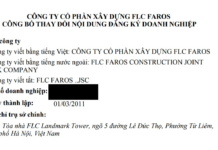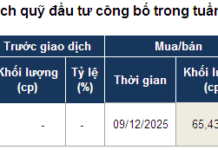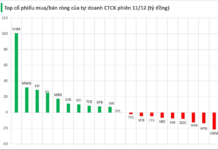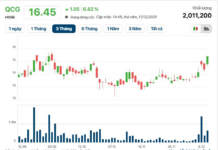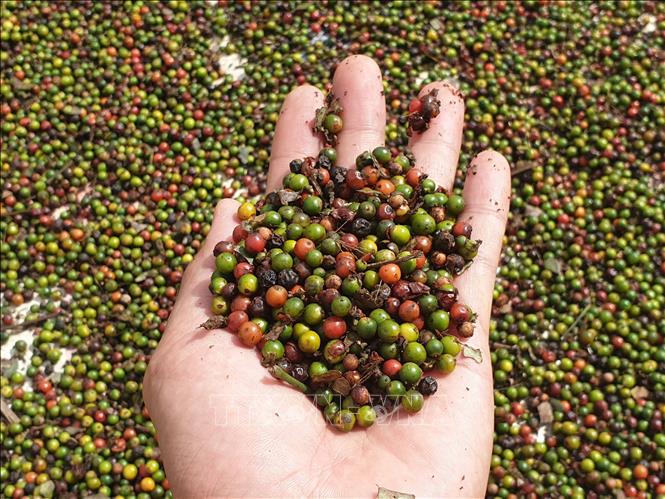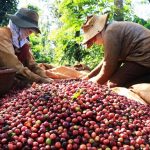
Vietnam’s black pepper exports are projected to surpass $1 billion this year. Photo: Hưng Thịnh/VNA
According to the Vietnam Pepper and Spice Association (VPSA), as of July 30, Vietnam had exported 164,357 tons of pepper, including 145,330 tons of black pepper and 19,027 tons of white pepper. Total export turnover reached $764.2 million. With five more months to go, pepper exports are well on track to reclaim their billion-dollar status.
Compared to the same period in 2023, export volume decreased by 2.2%, but export turnover increased by a significant 40.8%. The average export price of black pepper in the first seven months reached $4,568 per ton, while white pepper fetched $6,195 per ton, up 32.7% and 25%, respectively, year-on-year.
The United States remained the largest export market for Vietnamese pepper. Other major markets included Germany, up 97.3%; the UAE, up 39.2%; India, up 39.7%; and China, which ranked fourth but saw a substantial decrease of 84.6% compared to the previous year.
VPSA attributed the robust growth in Vietnam’s pepper exports to the tight supply of pepper in the global market. Brazil, the second-largest producer and exporter of black pepper after Vietnam, accounting for 17-18% of global supply, has been facing consecutive poor harvests, which is expected to drive up global pepper prices in the last few months of 2024 as supply from other major producing countries such as Vietnam, Malaysia, and Indonesia is also projected to decline significantly.
Currently, pepper supply is constrained globally due to the impact of El Niño. In the long term, over the next 3-5 years, production is unlikely to meet world demand.
In July, domestic pepper prices reached VND 150,000/kg, up 82.9% from January and 120.6% from the same period last year. On average, black pepper prices in the first seven months increased by 66.5% year-on-year.
According to VPSA, prices rose in the past three months due to reduced harvests in Vietnam and Brazil, leading to a supply shortage. The pepper market is facing many difficulties and challenges, and prices are expected to remain volatile in the coming months.
Mr. Hoang Phuoc Binh, Vice Chairman of the Chư Sê Pepper Association in Gia Lai province, noted that the current cycle of rising prices is expected to last about ten years.
A recent survey by VPSA in three provinces in the Central Highlands (Gia Lai, Dak Lak, and Dak Nong) and three provinces in the Southeast (Binh Phuoc, Dong Nai, and Ba Ria-Vung Tau) revealed that pepper cultivation is facing increasing competition from durian and coffee. While there has been some new planting, it is mostly intercropped with coffee. The impact of El Niño at the beginning of the year, followed by La Niña, has also affected pepper cultivation and farmer psychology, especially given the currently high prices of durian and coffee.
Mr. Binh observed that the area under pepper cultivation had decreased by 50% compared to its peak. Given this reality, the price cycle is expected to be more pronounced due to tighter supply than in previous cycles.
“If farmers don’t plant or replant now, there won’t be any additional supply in four years, and there will be losses due to abnormal weather and climate change. In addition, some areas intercropped with durian will have to make way for durian trees as they grow. So, it’s certain that pepper prices will continue to rise in the next four years,” Mr. Binh shared.
However, VPSA cautioned that the increasingly fierce competition from alternative crops like durian and coffee, coupled with the adverse effects of climate change, are making pepper prices highly unpredictable. The output of the next crop is expected to be similar to or slightly higher than that of 2024.
A Vietnamese “black gold” agricultural product reaches 100,000 VND/kg
The short-term pepper price forecast continues to trade at high levels due to increasing demand, while supply remains scarce.

